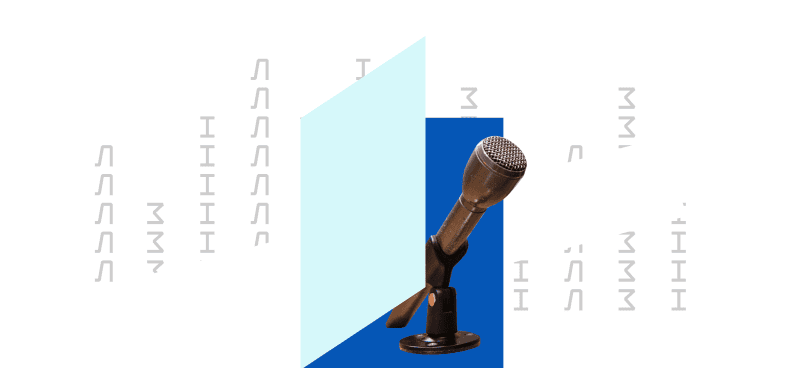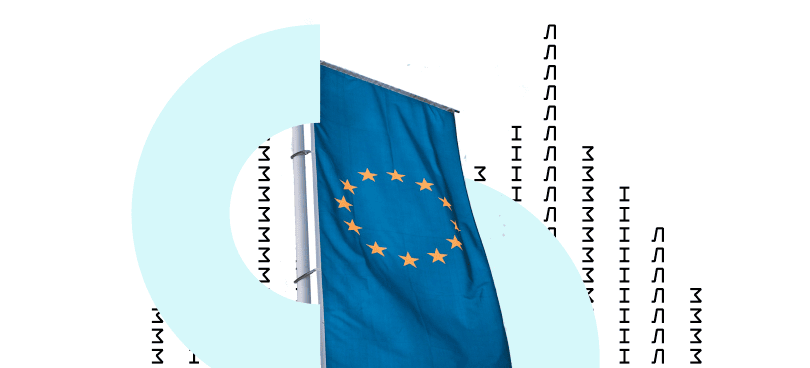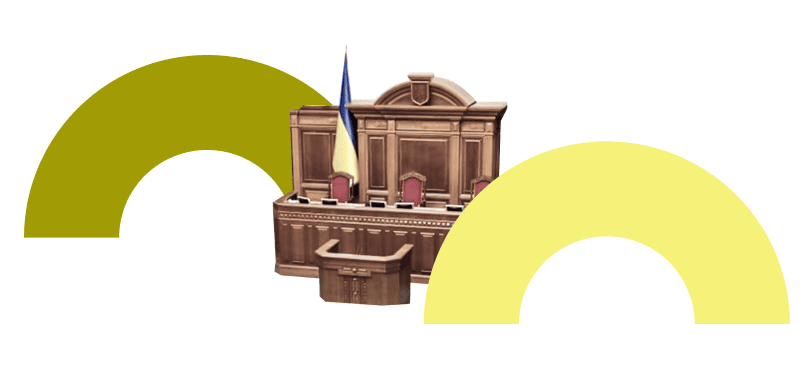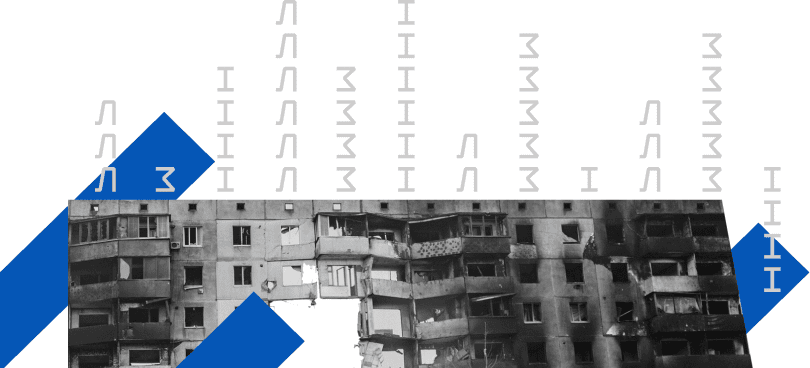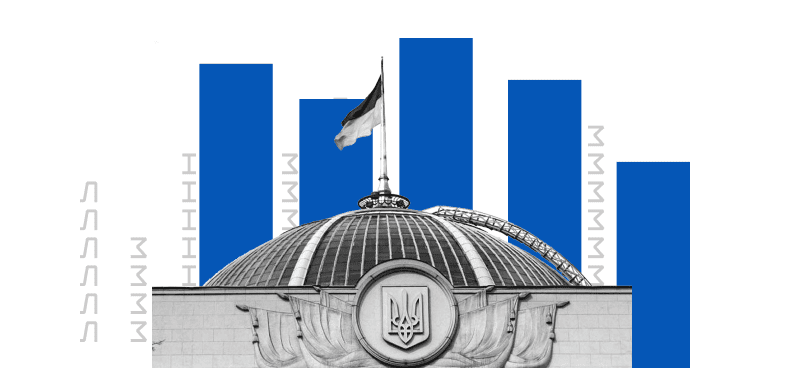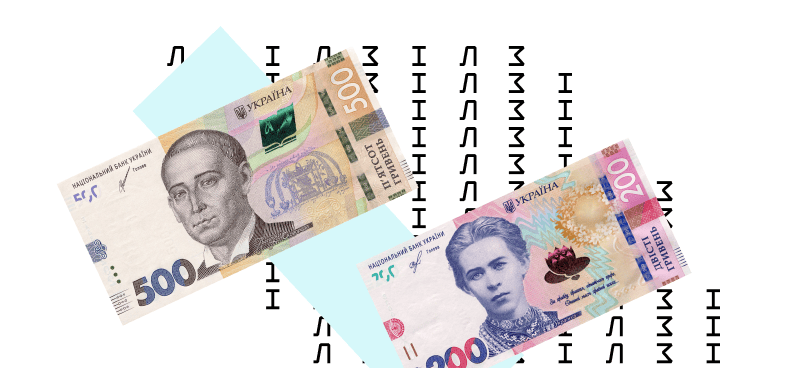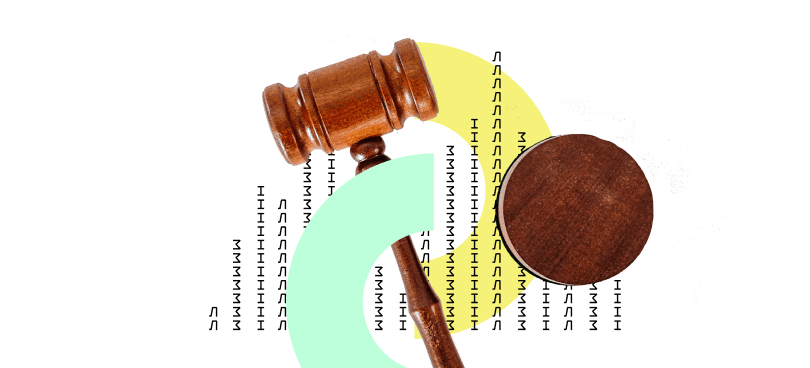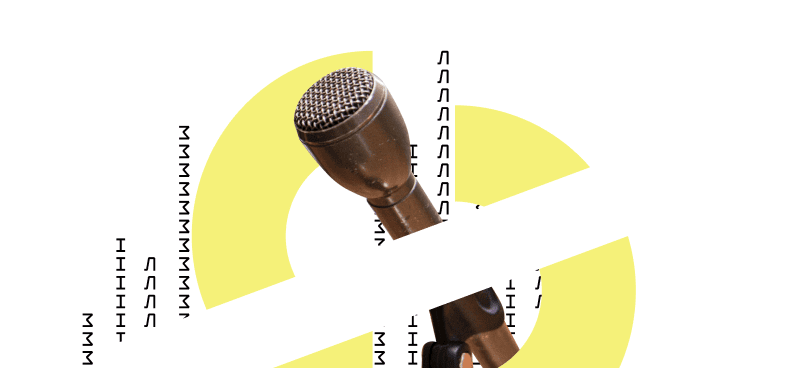Summing up the parliamentary results of 2020, we could mention the high-profile and significant events that took place in the Verkhovna Rada of Ukraine: the adoption of the law on the land market or “banking law”, the coronavirus pandemic, and the vicissitudes of the CCU decision. However, all of the above events are common policies that have little effect on Verkhovna Rada’s functioning as an institution. As a result, we will try to focus on more fundamental things, namely the three changes concerning the rules of operation of the Ukrainian parliament, its format, and scope of influence.
№1 Fight against amendment spam
The first months of 2020 in the Verkhovna Rada were spent in an aggressive confrontation. The battle for land first unfolded when 4,018 amendments were submitted to the draft law on agricultural land circulation. The usual procedure for considering these amendments took several plenary weeks. However, an absolute record was soon set for Ukraine – more than 16,000 amendments to the draft law 2571-d (the so-called “banking law”).
Of course, the MPs who submitted hundreds and thousands of amendments did not want to make changes to the draft laws. They just wanted to block their adoption using the permitted procedural mechanisms (called a parliamentary obstruction). And although the 16,000 Ukrainian amendments do not look so staggering compared to other countries’ records, the parliamentary majority has decided to limit legal regulatory resistance possibilities. The draft law adopted in the first reading in autumn 2019 was edited and adopted as a whole. Now the draft law, which has more than 500 amendments, can be considered under a special procedure, making it impossible to block its adoption for a long time. Thus, the most effective Ukrainian parliamentary obstruction weapon was removed from the MP’s “arsenal”. Accordingly, the parliamentary minority now has fewer ways to oppose the actions of the majority.
№2 Digitization
One of the slogans of the Sluga Narodu party was digitalization. However, they were not innovators in this. Huge stacks of paper with thousands of edits printed on them and the general inefficiency of communications have long been criticized. Therefore, the topic of transition to modern technology has been raised for a long time. An example is the recommendations of the European Parliament’s Evaluation Mission.
In 2020, the digitalization of the Verkhovna Rada increased. At the beginning of the year, amendments to the Regulations on the introduction of electronic document management were adopted. The coronavirus provided the next impetus for digitalization. Politicians are more likely to catch the coronavirus, so many parliaments have been quarantined with the onset of the epidemic. However, the parliament is too important, so Ukrainian lawmakers have tried to develop remote voting rules, although this has never been implemented. Another digitalization area driven by the coronavirus has been the online format of committee meetings and sometimes conciliation councils. Some aspects of digitalization are controversial, such as remote voting, but in general, there is a digitalization trend. The rules and formats “invented” during the coronavirus in the future can be used in the normal work of the Verkhovna Rada. On the one hand, this opens the way for new opportunities and, on the other hand, for new threats to parliamentary activity.
№3 Parliamentary control
Currently, the most common perception of the Verkhovna Rada is its perception as a legislative institution. However, in developed democracies, in addition to the legislature, parliament must also exercise a control function. The second half of 2020 gives some reason to hope that the Verkhovna Rada will also gradually increase its control capacity.
The increase in the parliament’s control powers, given the presence of a one-party majority, seems somewhat unexpected, as it is the parliamentary majority that has the power to appoint the executive and therefore should exercise direct extra-parliamentary control. However, as the practice has shown, the Ukrainian parliamentary majority does not have much influence on appointments, and some MPs do not even fully understand the procedure for appointing members of the government. The coronavirus epidemic requires the effective and professional work of the Cabinet of Ministers. Therefore, MPs, observing government failures, intensified efforts to increase parliamentary control.
Initially, there was a draft law on interpellation, which proposed the introduction of a new format of government reporting to parliament with possible consequences in the form of dismissal of the minister if MPs do not like his report. However, this draft law from the Holos faction was not adopted. Another option was submitted by MPs from the Sluga narodu. This draft law detailed some aspects of reporting, but it did not bring any particularly useful innovations. MPs eventually accepted it.
It can hardly be said that the Verkhovna Rada has significantly increased parliamentary control in 2020. Still, we can assume that the discussion on parliamentary control has intensified, possible mechanisms for its implementation have been worked out. If this trend continues, we can expect new bills that, becoming laws, will qualitatively increase parliamentary control.
In conclusion, the year 2020 for the Verkhovna Rada of Ukraine brought restrictions on amendment spam, increased digitalization, and the beginning of the parliamentary control increasing.
We hope that 2021 will bring the implementation of the legislative process from beginning to end, the adoption of a Code of conduct, and the implementation of parliamentary reform.


